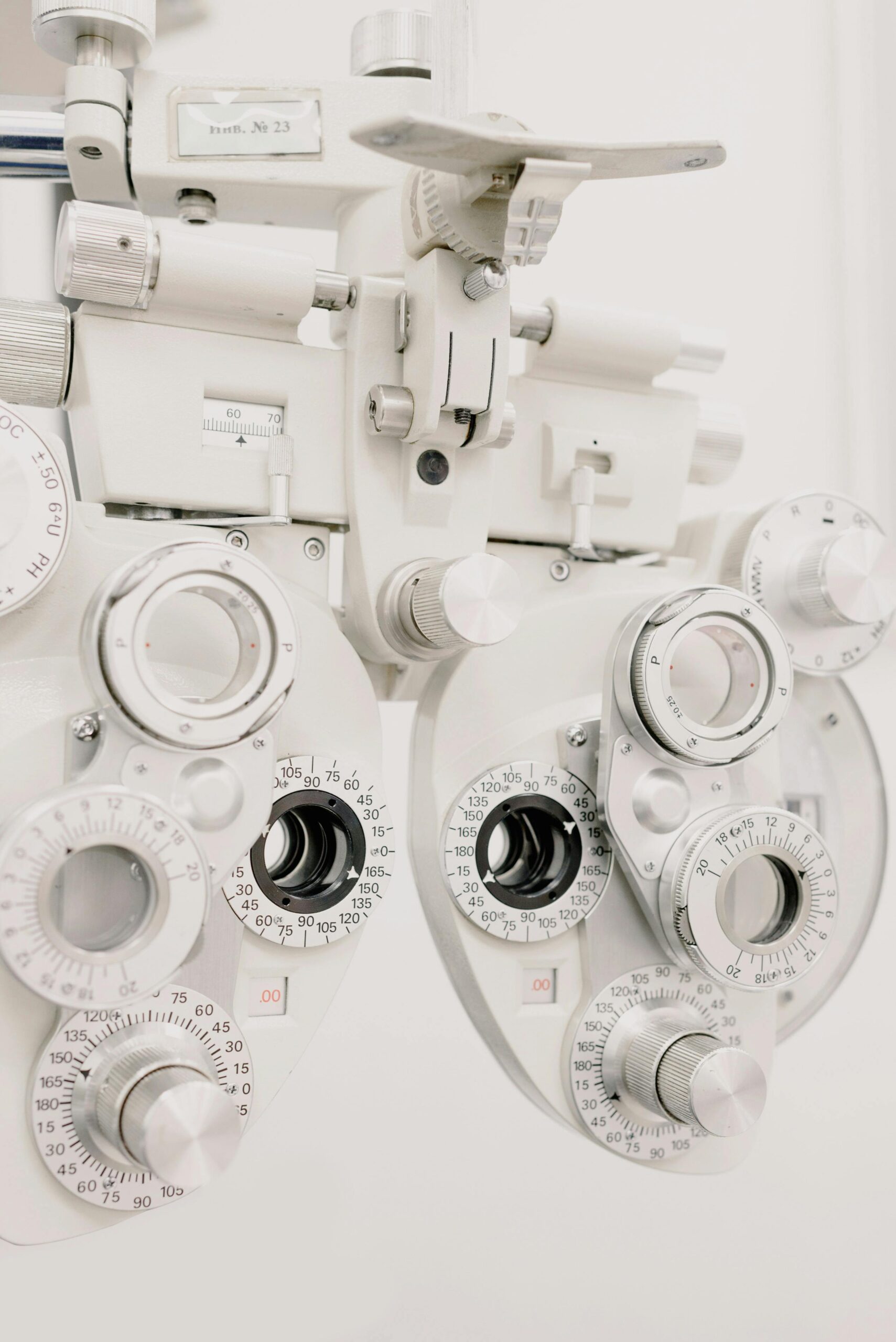If you’ve noticed a strange blur in the center of your vision, maybe a dark spot or warping of straight lines, you’re not alone. Central Serous Retinopathy (CSR) often shows up without warning—and being diagnosed can feel just as disorienting as the condition itself.
The good news? The testing process is quick, non-invasive, and highly accurate when handled by the right specialist.
Here’s what to expect.
Step 1: The Symptom Conversation
It usually starts with a visit to your optometrist or general ophthalmologist. You may report:
- Blurred or dim central vision
- A dark or gray spot in one eye
- Objects appearing smaller or more distorted
- Difficulty focusing on text or screens
- A feeling that one eye just isn’t “seeing right”
These symptoms raise a flag for macular involvement—which is exactly where CSR strikes.
Step 2: Visual Acuity and Basic Eye Tests
You’ll go through standard eye tests like:
- Snellen chart reading (the classic eye chart)
- Amsler grid test to detect distortion in central vision
- Eye pressure check (CSR isn’t related to pressure, but this rules out other issues)
If CSR is suspected, you’ll be referred to a retinal specialist—and that’s when the real imaging begins.
Step 3: OCT Scan (Optical Coherence Tomography)
This is the gold standard for CSR diagnosis.
- You’ll place your chin on a rest and stare at a light for a few seconds.
- A machine scans your retina with light waves to produce a cross-sectional image.
- What the specialist is looking for: fluid buildup under the retina, forming a dome-shaped detachment of the macula.
It’s painless. No needles. No drops (in most cases). And you’ll get a result within minutes.
Step 4: Fluorescein Angiography (Optional)
In more complex or chronic cases, your doctor may perform this test:
- A dye is injected into your arm.
- As it travels through your blood vessels, images are taken of the retina to locate the source of the leak.
- This helps distinguish CSR from other conditions like macular degeneration.
While it’s slightly more involved, it’s extremely helpful in mapping the damage and guiding treatment plans.
Step 5: Confirming CSR vs. Other Conditions
A skilled retina specialist will differentiate CSR from:
- Wet age-related macular degeneration (which is more dangerous)
- Diabetic macular edema
- Choroidal neovascularization
- Optic nerve issues or inflammatory eye disease
CSR has a distinct fingerprint. Once fluid under the retina is confirmed, and no other causes are found, the diagnosis is usually definitive.
What Happens After Diagnosis?
If it’s your first episode:
- You may be told to wait and monitor for 1–3 months.
- Lifestyle adjustments are usually the first treatment: stress reduction, sleep hygiene, and steroid elimination.
For chronic or recurring cases:
- Treatments like photodynamic therapy, laser, or oral meds like eplerenone might be explored.
Bottom Line:
A CSR diagnosis is rarely a mystery once you’re in the right hands. The key is getting to a retinal imaging center quickly, especially if symptoms are worsening. Early detection doesn’t just give peace of mind—it opens the door to faster healing and fewer long-term effects.



